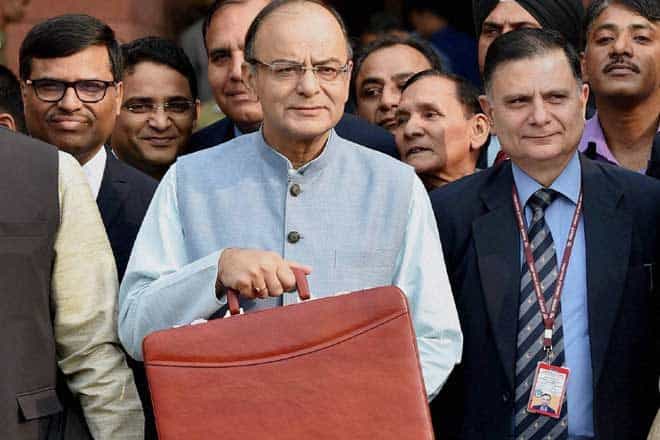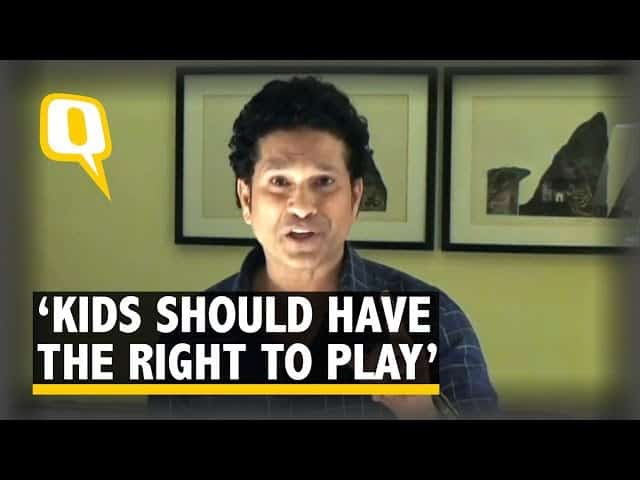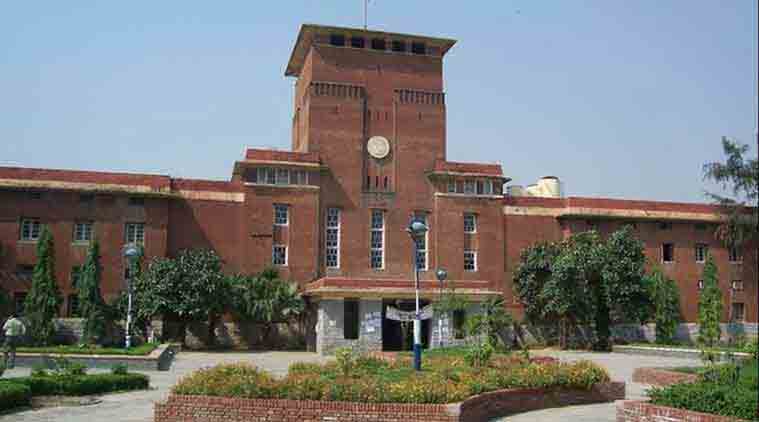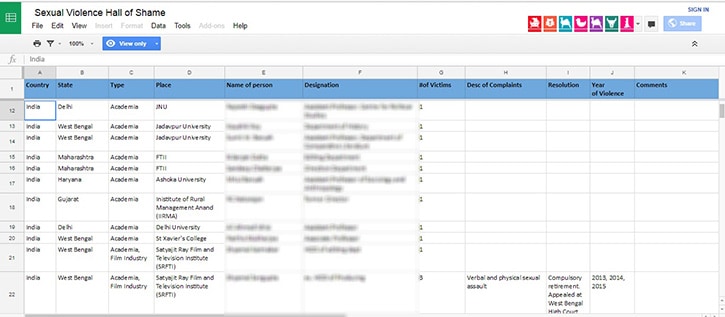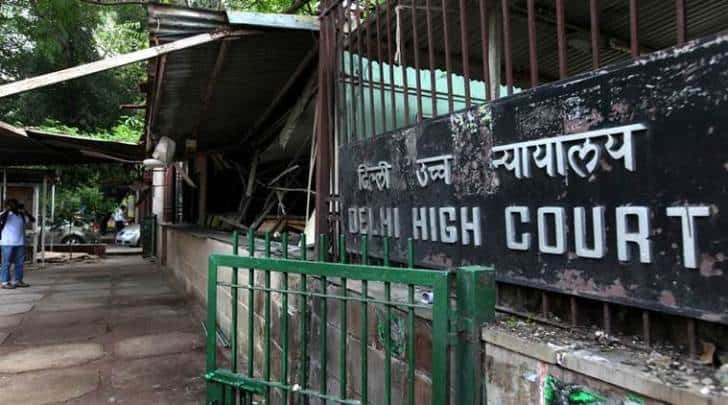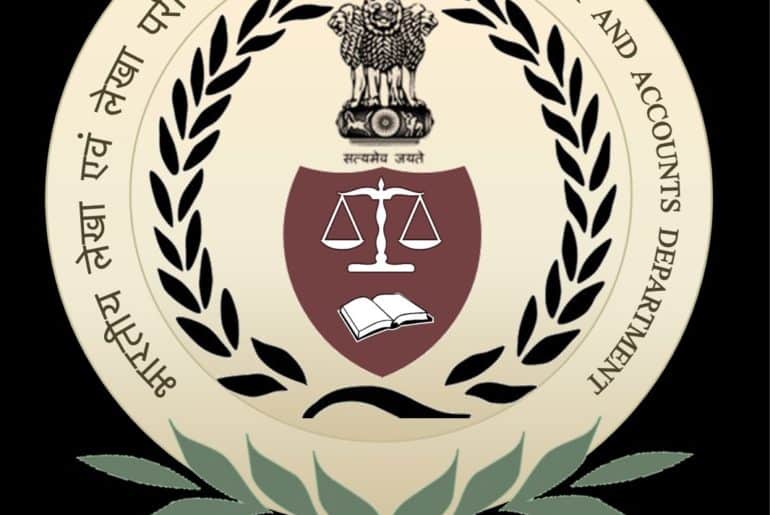Montage 2018 was held at Jesus and Mary College on 16th-17th February 2018. Here are the highlights from the same:
Montage’18, the annual cultural fest of Jesus and Mary College (JMC) held on 16th and 17th February, was inaugurated by Sister Rosily, Principal and Sister Lawrence, Superior General of the college. The lighting of the lamp ceremony was initiated by the sisters and the teachers followed while Tarannum, the Indian Music Society of JMC, performed on the stage and then the fest declared open by the Student Union.
Ashwamedh, the theatre society of Netaji Subhas Institute of Technology (NSIT) kick-started Stagecraft, the stage play competition, Ibtida of Hindu College won the prize and cash money of INR 10000. The best male actor award was given to Akshay Raheja of SSCBS and female actor went to Devanshi Khanna of Hindu College respectively.
#ResultUpdate | Ibtida, the dramatics society of Hindu College were declared the winners of the Stage Play Competition at @montagejmc. Photo by Piyush Dua for DU Beat. pic.twitter.com/28NaKc2DNH — DU Beat (@du_beat) February 16, 2018
The most coveted, insightful, and fun-filled event of the day, Awaaz ’18 was hosted by Kahkasha, Hindi Dramatics Society of JMC. The first prize was bagged by DramaNomics, the Theatre Society of College of Vocational Studies, whose heart-wrenching performance on ‘rape’ shook the audience. Lady Shri Ram College for Women finished second performing on the crucial issue of ‘Body-Shaming’. Abhivyakti, the dramatics society of Indraprastha College for Women, was awarded consolation prize for their special performance on the theme of ‘Body-Shaming’.
Engaging the audience in their aesthetic rendition of the Bihu dance, the team from Kamla Nehru College was the curtain-raiser for the group dance competition of Montage. Nrityangana of Sri Venkateswara College bagged the first place, while SGTB Khalsa College won the second position. Maitreyi College secured the third position.
#ResultUpdate | Indian Folk Dance Competition just finished at Montage’18, at JMC! Nrityangana of Sri Venkateswara College bagged the first place, while SGTB Khalsa College won the second position. Maitreyi College secured the third position. Credits: Akarsh Mathur for DU Beat pic.twitter.com/iFMK7GLeI4 — DU Beat (@du_beat) February 16, 2018
In the A capella competition Finding Do Re Mi, The Western Music Society of Lady Shri Ram College of Women was awarded the first position as they sang “Show me how you Burlesque” by Christina Aguilera. Dhwani of Shaheed Sukhdev College of Business Studies won the second position in the same event.
The eventful and lively concluded on a musical note with DJ Zaeden’s groovy and upbeat tunes.
The second day of Montage 2018 began on a musical note with Swaraangan, the Indian Musical Choir competition of Jesus and Mary College. Alaap of Sri Venkateswara College bagged the first position followed by Sangeetika of Kamala Nehru College and Swaranjali of Hansraj College were declared the first and the second runners-up respectively.
The highlight of the day was Chimera, the choreography competition hosted by Western Dance Society of JMC. Judges Benjamin Jacob and Himanshu Sharma announced Sparx of Gargi College as the winner. Terpsi Chorean of Hansraj College grabbed the second prize.
Playback singer and music composer Nakash Aziz of ‘Highway’ and ‘Rockstar’ fame ignited the stage with evergreen Bollywood hits such as ‘Humma’, ‘Badtameez Dil’, and R. D. Burman’s ‘Bachna Ae Hasino’. His versatility was on display as he effortlessly switched over to newer Bollywood hits such as ‘Pyaar ki Pungi’ and ‘Ilahi’. With this JMC’s Annual Cultural Fest Montage 2018 drew its curtains.
Feature Image Credits: Akarsh Mathur for DU Beat
Anagha Rakta ([email protected])
Prachi Mehra ([email protected])
Oorja Tapan ([email protected])
Radhika Boruah ([email protected])
Vaibhavi Sharma Pathak ([email protected])
Anukriti Mishra ([email protected])

